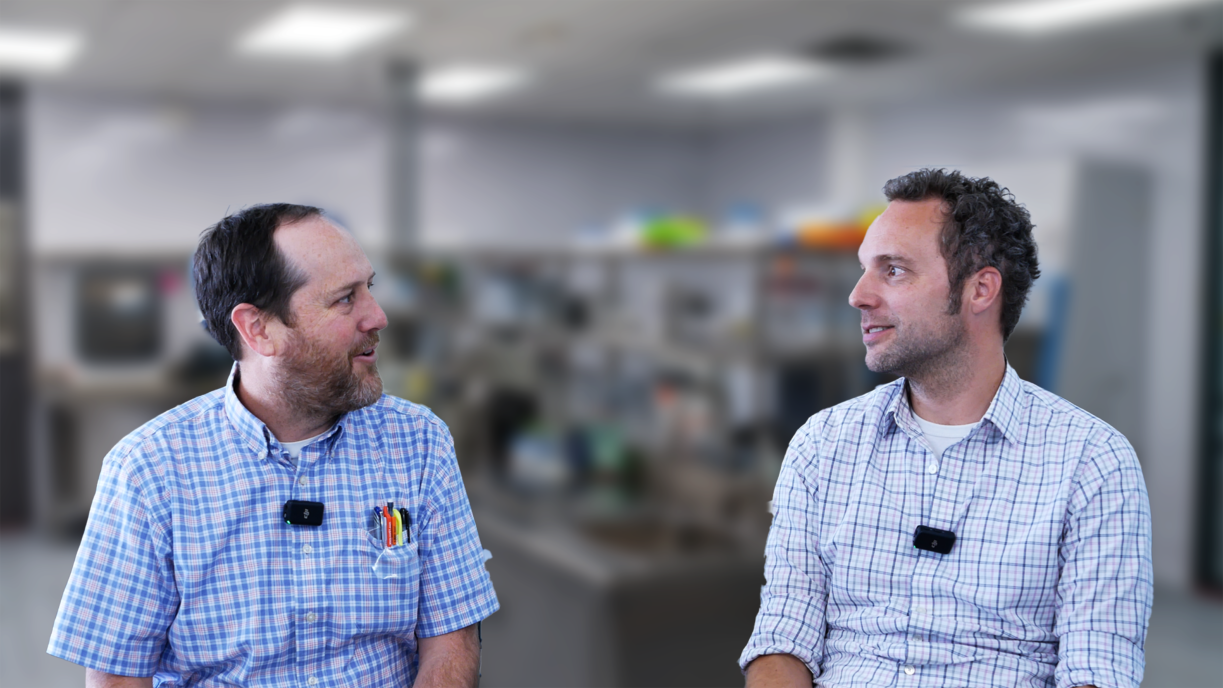
Bio Break: Preventive Medical Devices
In this episode of Bio Break, Nick Allan and Joris van der Heijden explore a critical but often overlooked topic in healthcare innovation: prevention. While most conversations about medical devices revolve around treatment, the duo shifts the focus to technologies that help people avoid hospitalization altogether. Preventive medical devices and diagnostic tools are quietly transforming healthcare by catching diseases earlier and reducing the need for invasive procedures.
Joris highlights three exciting examples of how medical technology is evolving to prioritize early detection and keep people healthier for longer. First up is the integration of artificial intelligence in mammography. With AI support, clinicians are now detecting 30% more breast cancers in earlier stages, according to a recent article in The Lancet. That’s a major leap in early screening, improving survival rates and minimizing the need for aggressive treatments down the line.
Next, they dive into HPV screening and the rise of self-sampling kits. Traditionally, cervical cancer screening required an in-clinic procedure. But with self-collection methods now available, people can collect samples in the privacy of their own homes, helping reduce barriers to participation and supporting earlier diagnosis.
Finally, they discuss innovations in colon cancer screening. Colonoscopies have long been a dreaded but necessary exam. Thanks to capsule endoscopy, essentially a pill with a camera, patients may soon have a more comfortable alternative for internal imaging. In addition, advanced endoscopic tools now allow clinicians to remove even large polyps without the need for invasive surgery. In many cases, patients can go home the same day, reducing recovery time and healthcare costs.
From AI diagnostics to less invasive procedures and at-home testing, this episode illustrates how medical devices are supporting proactive care, improving access, and ultimately keeping more people out of the hospital.
Preventive Medical Devices
Related Resources
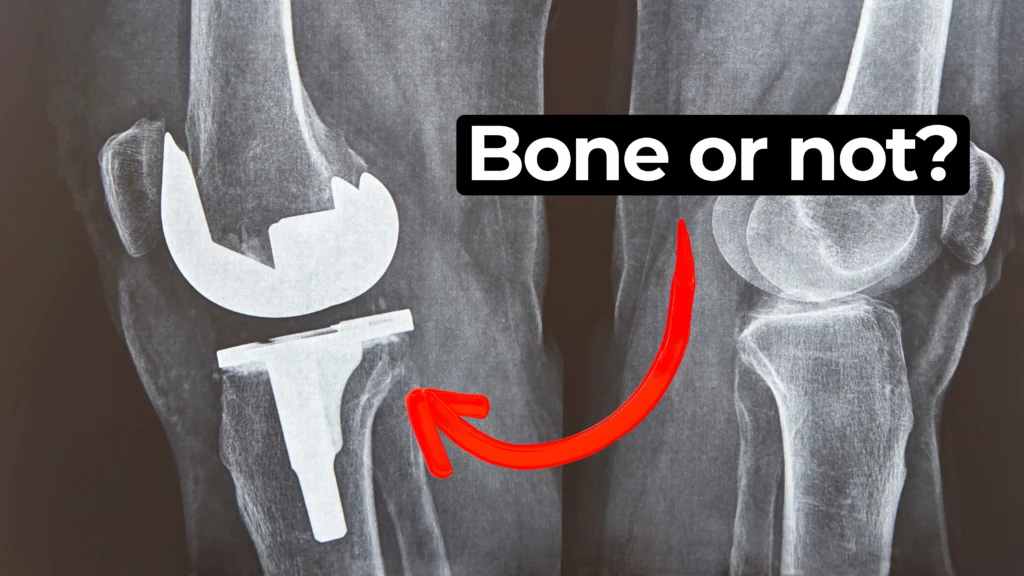
In this episode of MedDevice by Design, Ariana and Mark dive into the biomechanics and materials science behind osseointegration for implants.
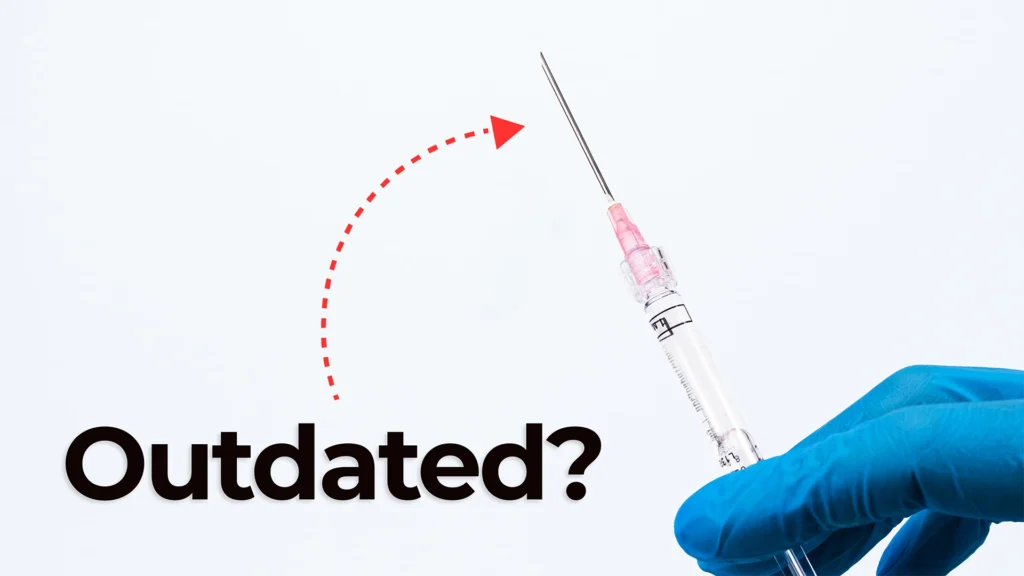
Nick and Nigel dive into the world of jet injector drug delivery. This needle-free method, made popular in science fiction and real-world vaccines, is still used today.
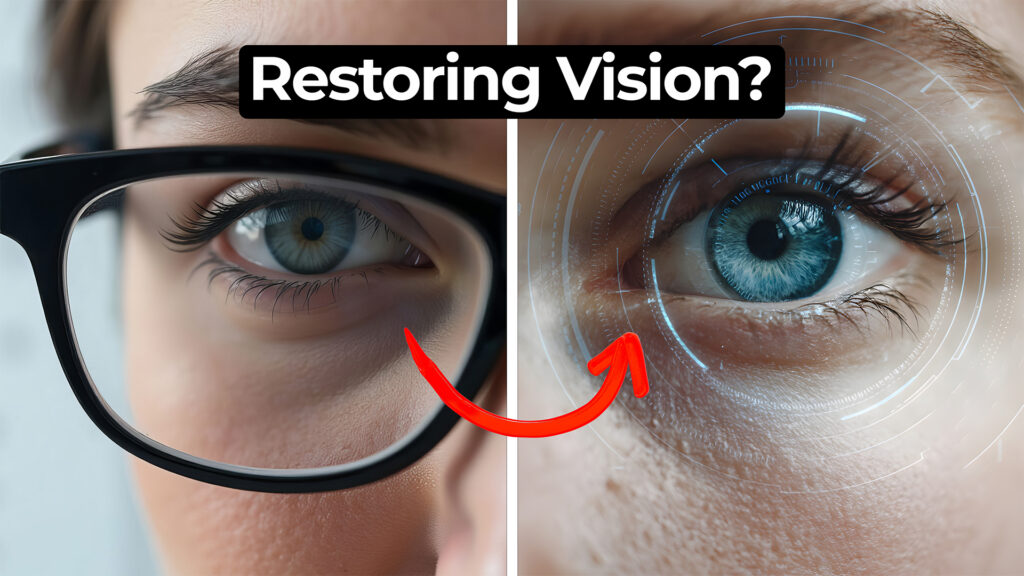
Ariana and Mark explore how accommodative intraocular lens technology may one day restore natural vision for people who require cataract surgery or suffer from presbyopia. As Mark shares, traditional bifocals are not ideal, and new lens solutions may offer better outcomes.
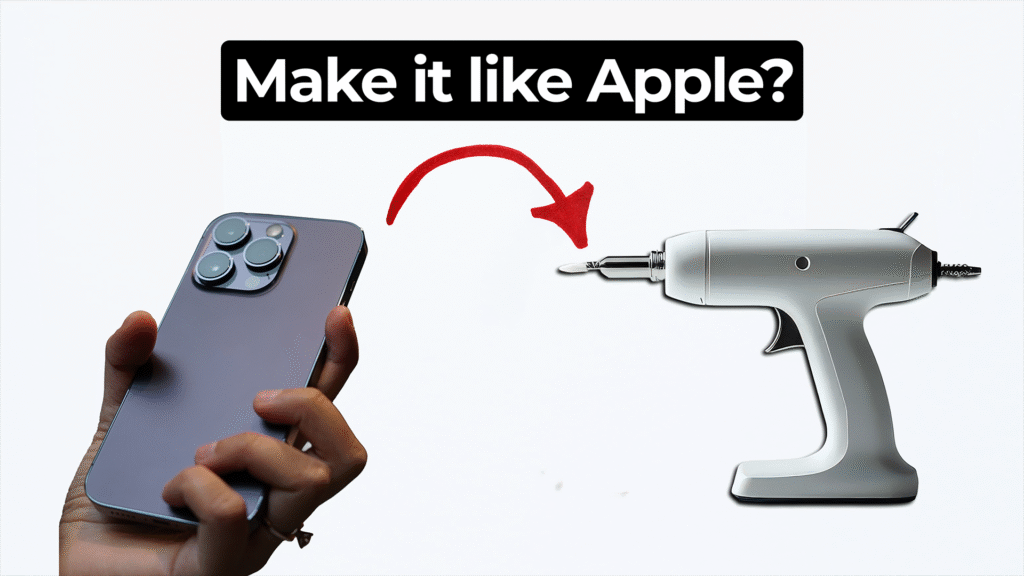
Many clients now request their devices to look and feel like Apple products. But achieving that level of simplicity and elegance is not as easy as it seems.